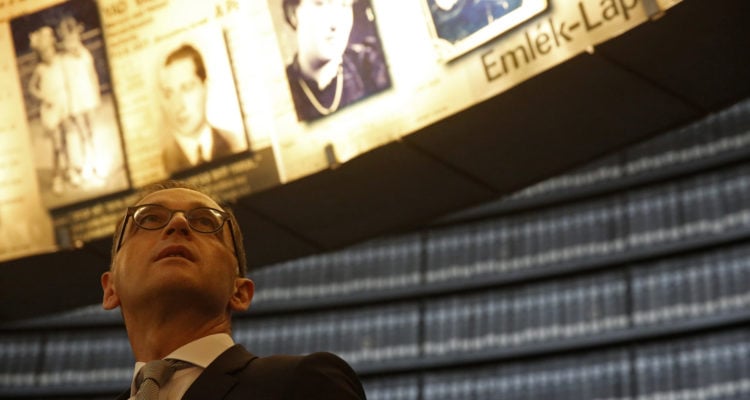The eclectic collection of materials, which goes far beyond the usual documents kept by Holocaust archives, has the potential to change the public’s understanding about how the genocide happened.
By World Israel News Staff
For many people, Holocaust education happens via old textbooks, and perhaps the occasional speech by a survivor. The general narrative of the genocide, which occurred some 80 years ago, is illustrated by black and white photos and lists of names, that aren’t able to capture the humanity of the people who perished.
But London’s Wiener Library, widely considered to be the world’s largest Holocaust archive, collected texts related to the catastrophe in real time, from pamphlets in post-World War I Germany warning about rising antisemitism to diaries kept by camp survivors.
Founded by German Jew Alfred Wiener in 1933, the institution was originally called the Jewish Central Information Office.
Wiener aimed to document rising antisemitism in Germany, and began building a comprehensive archive of anti-Jewish materials, photographs, flyers, and pamphlets.
Staff from the Wiener Library told JTA that they are still collecting Holocaust-related materials, which could include everything from personal letters to a brochure from 1935 containing photographs of antisemitic road signs in Germany.
The eclectic collection of materials, which goes far beyond the usual documents kept by Holocaust archives, has the potential to change the public’s understanding about how the genocide happened.
“I think sometimes people have a misconception that nobody knew anything until the end, and that it was only on the British liberation of [the] Belsen [concentration camp] that it was fully realized what had happened,” Barbara Warnock, the library’s education manager, told JTA.
“We’ve got everything to show that certain things were coming through to people in Britain about the Holocaust as it unfolded.”
The archive soon grew to include testimonies, as Wiener and other researchers were forced to flee to the U.K. for their safety. Many of the testimonies from survivors, Warnock told JTA, were not recorded elsewhere.
“You get experiences from people who were older,” Warnock said. “They are also different from many of the immediate postwar accounts, which were often given in a judicial context at trials, or in a context that was influenced by local circumstances.”
The library today is not just a Holocaust informational center, the staff said.
“We like to think of ourselves as a toolkit for others,” library director Toby Simpson told JTA.
“We see ourselves as part of an effort to confront Holocaust denial and challenge prejudice everywhere. We recognize what we’re good at — that is supplying others with the tools that they need to do just that.”





